Top 10 Blooming Winter Flowers for Your Garden
Updated: Feb. 20, 2024
A dusting of snow doesn't mean you have to say goodbye to your garden! Add color to your winter landscape with these blooming winter flowers.
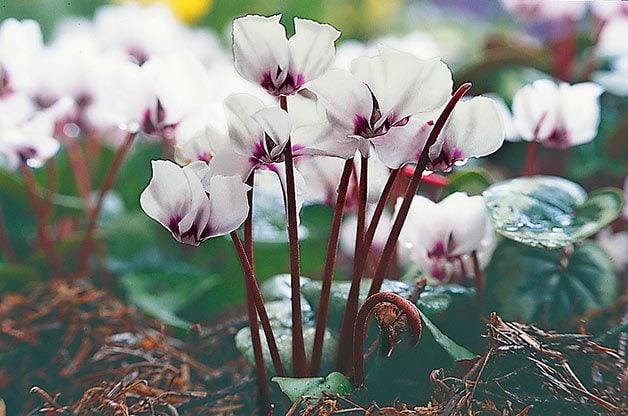
Blooming Winter Flowers: Cyclamen
Cyclamen coum, Zones 5 to 9
These late-winter bloomers boast white, pink, purple and red blossoms nodding above leaves that resemble lily pads. Cyclamen prefer partial shade, so they’ll happily take root under trees and shrubs. Mulch generously each fall if your zone is on the cooler side.
Why we love it: Although cyclamen are not native to North America, these gorgeous flowers are not invasive.
Psst! Grow Tagetes lemmonii for some winter flower color.
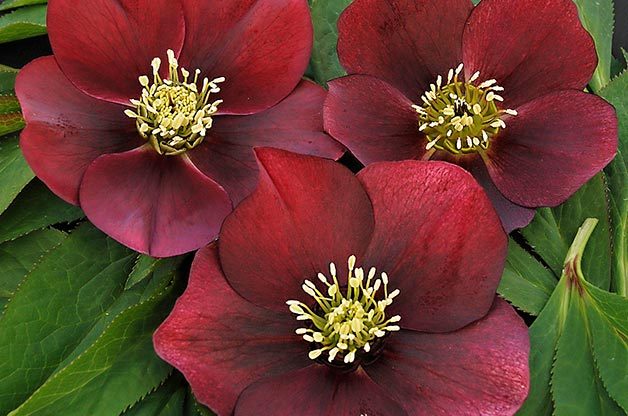
Hellebore
These lovely cup-shaped blossoms are a staple of any cold-weather garden. With lots of colors, and heights ranging from just 2 inches to 2 feet, you’ll have a hard time choosing just one variety of this moisture- and shade-loving plant. Hellebore doesn’t bloom year-round, but you’ll wish it did.
Why we love it: Frost resistant and shade tolerant, hellebore is built to last through the months when temps are low and light is a precious commodity.
Learn how to grow flowers in winter by forcing bulbs indoors.
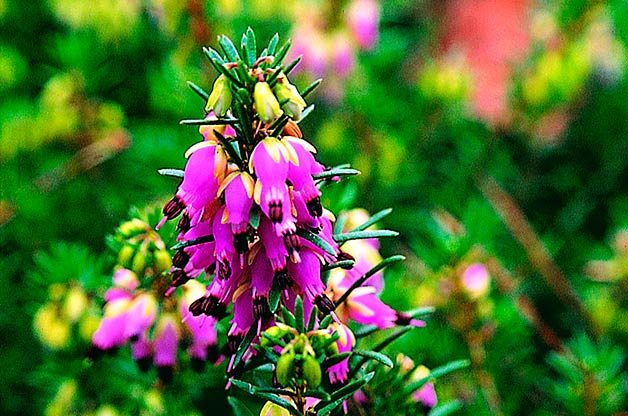
Winter Heath
Erica carnea, Zones 5 to 7
This reliable low-growing plant will treat you to a profusion of small, urn-shaped purple-pink flowers through most of winter and into early spring. It prefers acidic soil, but it’s more tolerant than other heaths.
Why we love it: Of the plants on this list, winter heath is among the earliest bloomers. You’ll welcome the sight of its bright little flowers poking through the snow before the others arrive.
Want more blooming winter flowers? Discover early-blooming spring flowers for your garden.
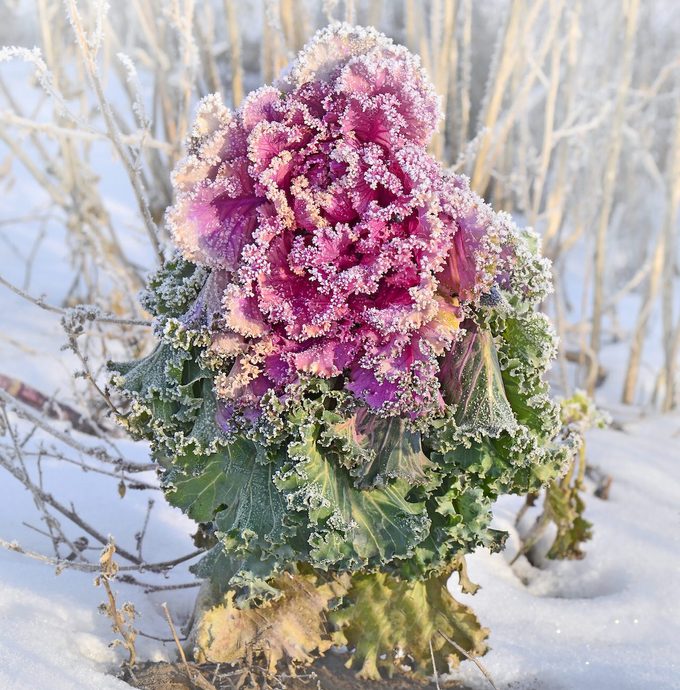
Ornamental Cabbage
Brassica oleracea, annual
The lower temperatures plunge, the more vivid this vegetable’s colors become, while its large, lush leaves add great texture. Be sure to grow it in full sun to partial shade for best results.
Why we love it: This unusual ornamental flaunts shades of purple, green, blue, red, pink or even white.
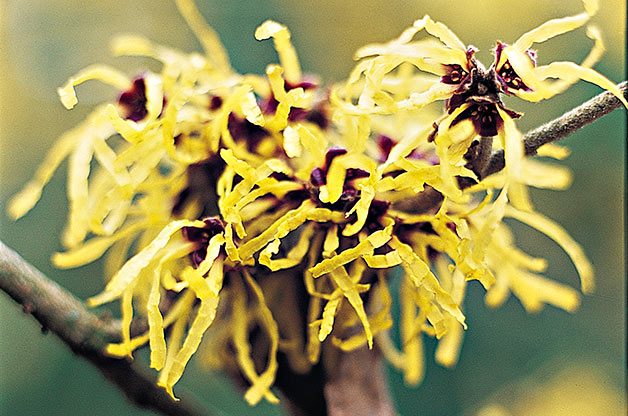
Witch Hazel
This deciduous shrub is the light at the end of winter’s tunnel. In early January, witch hazel explodes with fragrant ribbon-petal flowers in yellow, copper or red that bloom into March. The gray-green leaves turn yellow-orange in fall.
Why we love it: Witch hazel has no serious insect or disease vulnerabilities, so you don’t have to worry about pests causing problems.
These are the prettiest yellow flowering shrubs for your yard.

Blooming Winter Flowers: Winter Aconite
Eranthis hyemalis, Zones 3 to 7
This pick for our blooming winter flowers comes around at the very last moment of winter, and is often considered one of the first spring bloomers. Its cup-shaped yellow blossoms are quick to form a brilliant carpet of color. Grow it in full sun or light shade.
Why we love it: Versatile winter aconite is a good candidate for containers.
Psst—these winter interest plants will brighten up your yard in the snowy season.
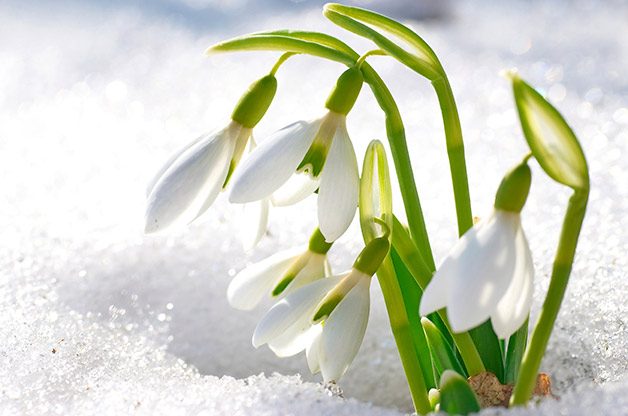
Snowdrop
When it pops up in late winter, snowdrop’s bright green leaves signal loud and clear that spring is on its way. It’s especially pretty scattered under deciduous trees and shrubs. Did you know snowdrops are the birth flower for the month of January?
Why we love it: Not only does this stylish green and white plant look gorgeous in the garden, it requires virtually no maintenance.
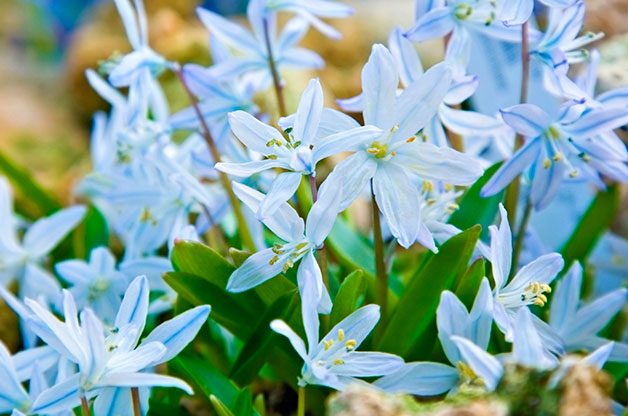
Blooming Winter Flowers: Early Scilla
Scilla mischtschenkoana, Zones 4 to 8
If you’re into cool hues, early scilla is the plant for you. This compact green plant sports star-shaped white flowers striped with blue. For a spectacular sight come late winter, be sure to plant the bulbs in early fall.
Why we love it: This plant often continues to flower year after year in the same spot, making it a snap to maintain.
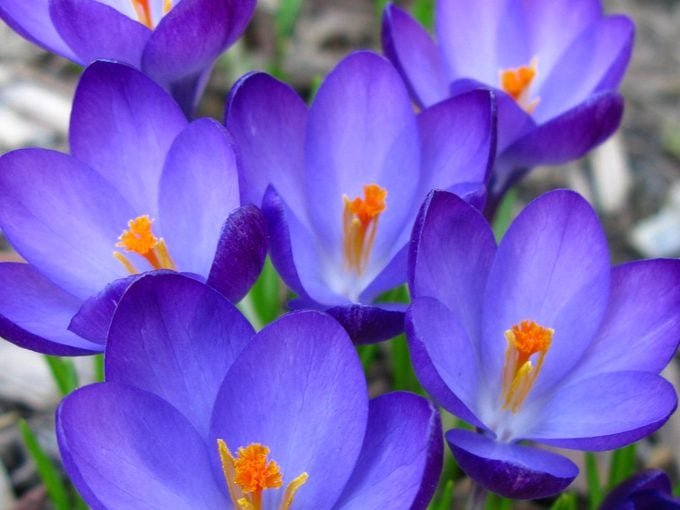
Crocus
Crocus ancyrensis and C. tommasinianus, Zones 3 to 8
In late winter, watch for these purple, yellow and white flowers poking out of a bed of mulch or snow. Plant large drifts of corms in fall for fabulous color next season—crocus ancyrensis is the earliest bloomer. Here are the crocus growing tips you need to know.
Why we love it: Plant the cultivar Crocus tommasinianus if you have squirrel problems. They will likely leave this variety of crocus alone.
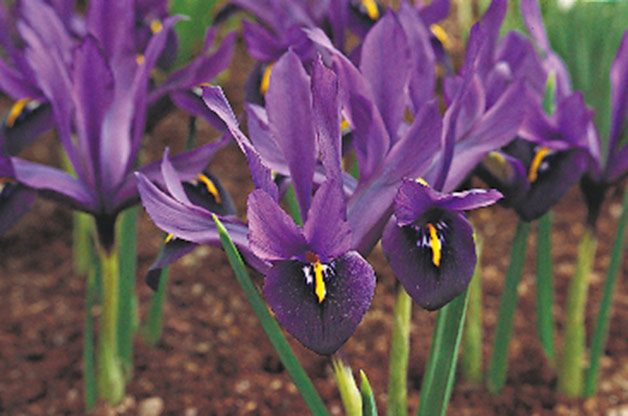
Dwarf Iris
Iris danfordiae and I. reticulata, Zones 3 to 9
These diminutive irises, reaching just 2 to 6 inches high, bring bursts of jewel-toned color to late-winter and early-spring landscapes. If you just can’t wait to see their stunning blooms, try forcing them indoors.
Why we love it: Do you love fragrant flowers? Dwarf iris the the plant for you. It offers beautiful early color and also a wonderful fragrance.
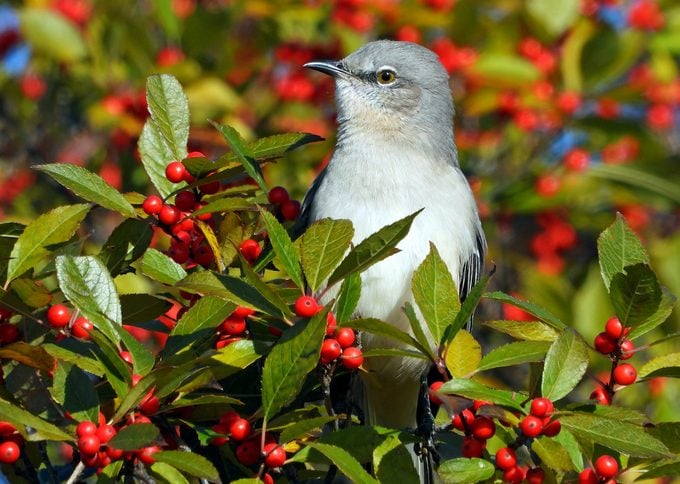
Add Berries for More Winter Beauty
Make your garden even more colorful with these berry-bearing trees and shrubs. Hungry birds will thank you.
- Red chokeberry
- Winterberry
- Firethorn
- Coralberry
- American cranberry bush
- Hackberry
- Serviceberry




















